Let’s be honest — a “dry” lead guitar tone doesn’t sound great, does it? A solo with zero effects on it can sound sterile and anaemic, which is why you need a delay pedal that can add glorious, ambient wetness to your signal! It’s simply the ultimate lead guitar thickener/enhancer, and a must-have for your metal guitar pedalboard. In fact, if you hear any guitar solo in a rock or metal track — then 9 times out of 10, it’ll have been recorded with a delay unit! But what does a delay pedal actually do?
Delay pedals are designed to repeat the notes that you feed through them, just like when you hear an echo in a cave or a reflective space. Most delay stompboxes allow you to dictate their speed and amount of repeats (often labelled ‘feedback’), as well as the level of the echoes. By using a delay on your lead tones with subtle settings (about 4-6 low-volume repeats), then you’ll notice how big a difference it makes. The idea is to prevent the delay from being obvious, but to use just enough to make an audible difference. What you’re ultimately trying to attain is a sound that’s similar to a studio-recorded, double-tracked guitar.
Just like most main pedal types, there are loads of delays options out there. However, for metal specifically, we’d probably recommend an analogue or tape-style delay over a digital delay. That’s because analogue/tape delays typically have “warmer” repeats that decay more naturally than the pristine, hi-fi repeats you’d experience with most digital delays. For thickening a lead guitar sound, they’re just perfect! Oh, and these also work best in the effects loop of your guitar amplifier. Take a gander at our Ultimate Guide to Delay Pedals for more info, info, info.




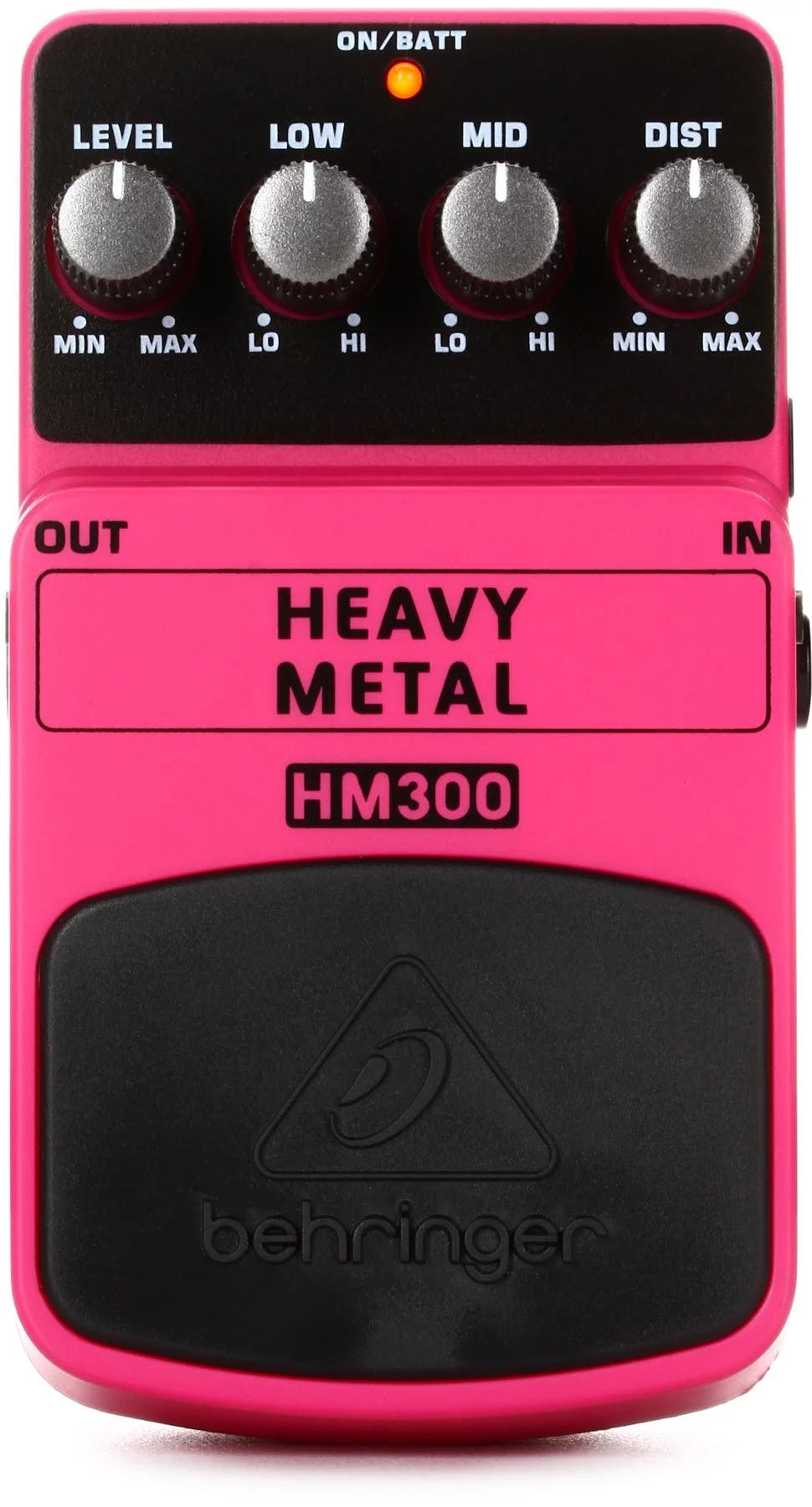

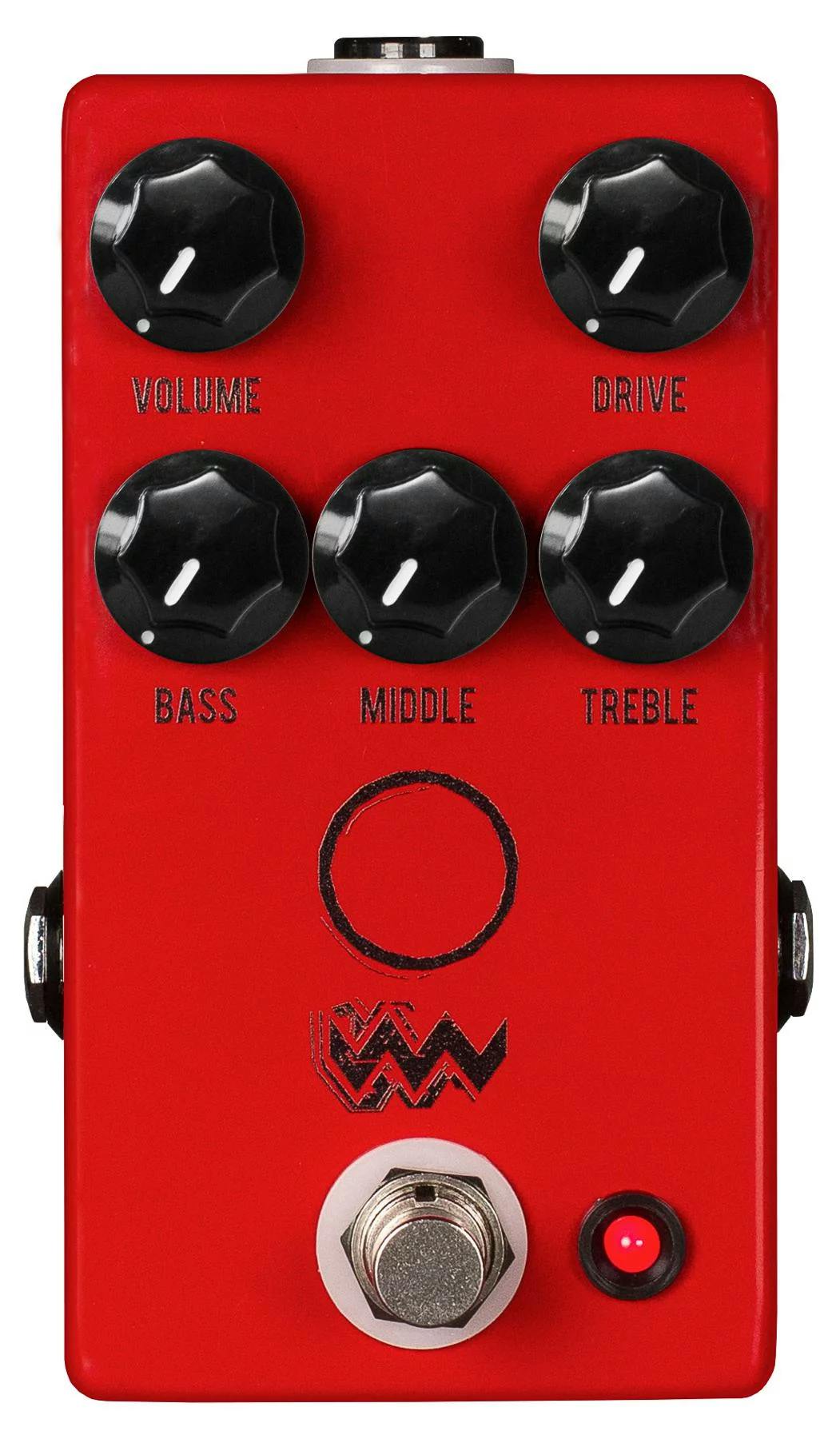










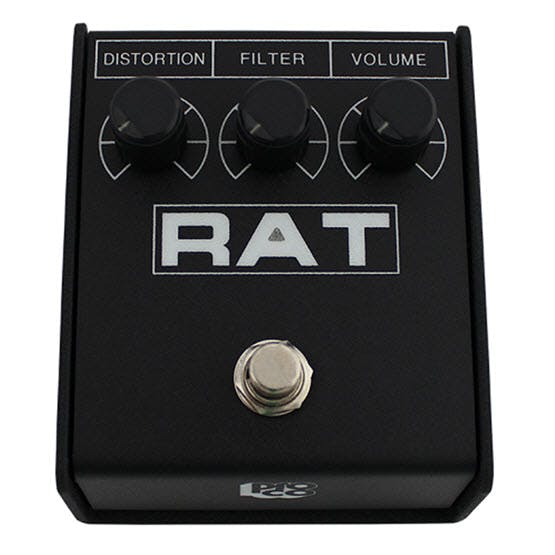
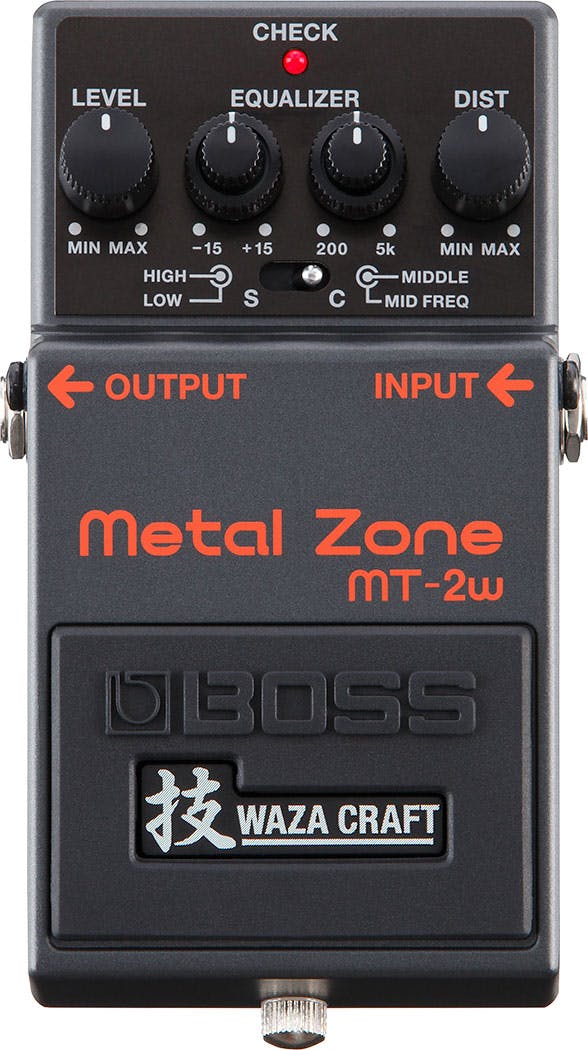


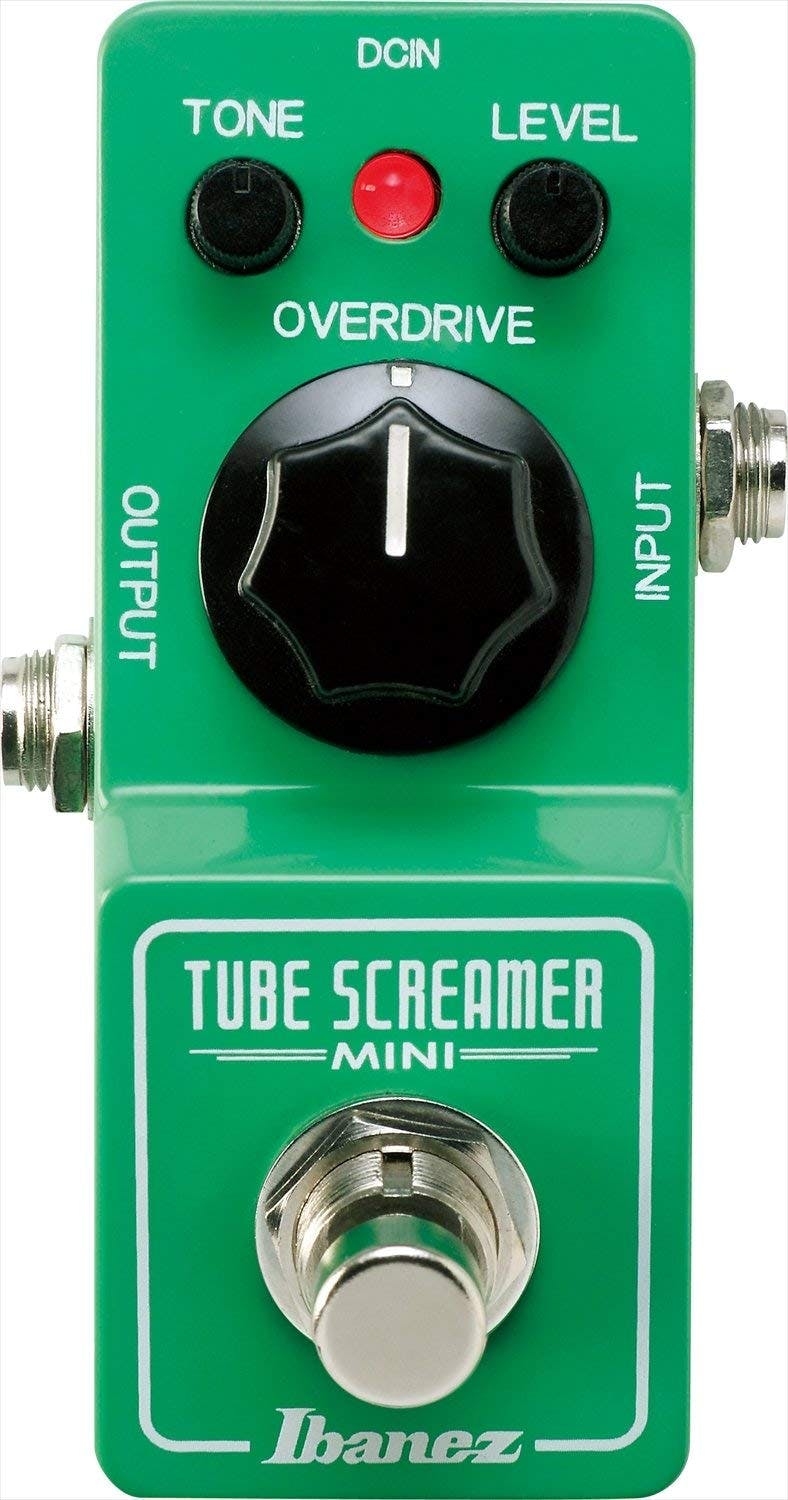
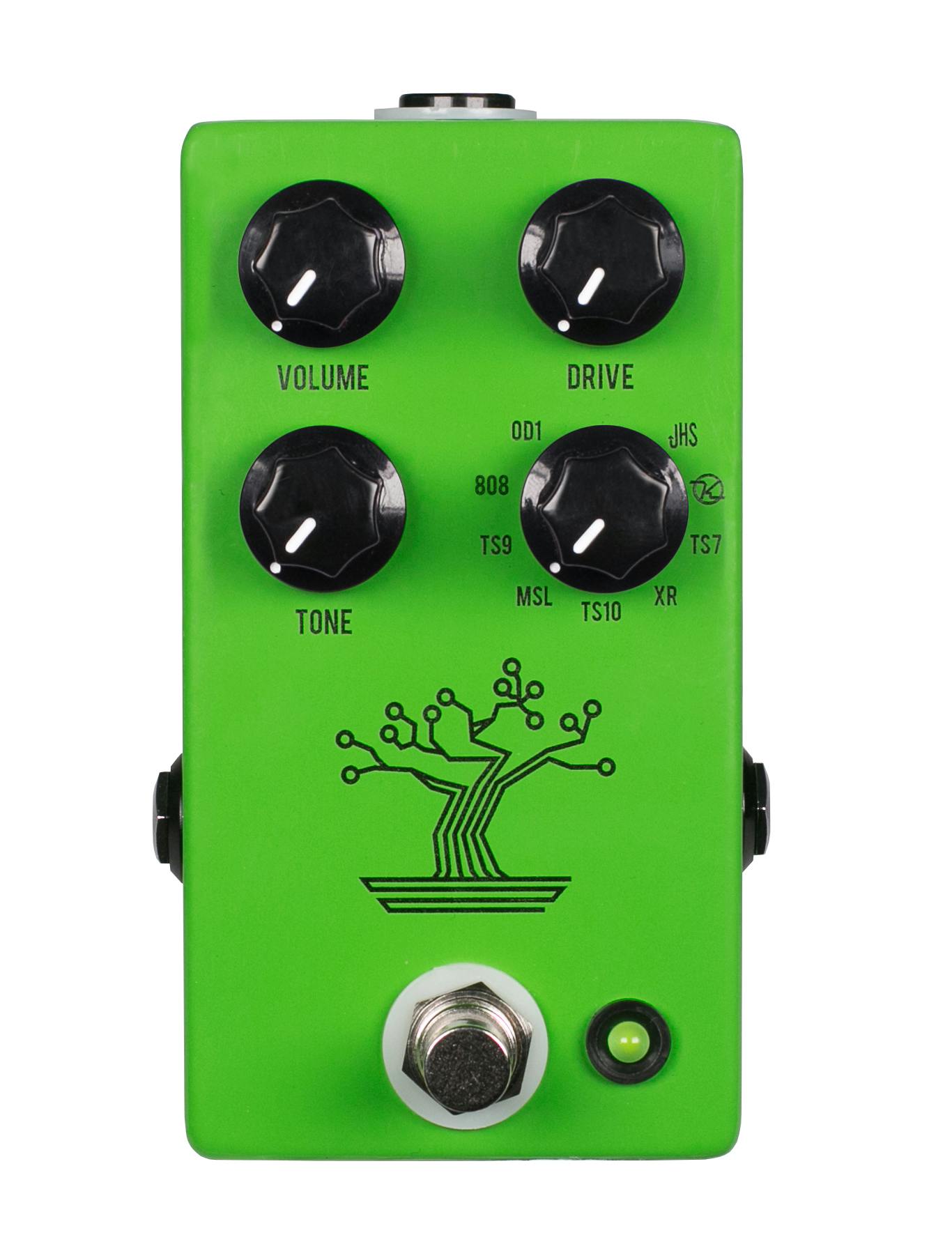

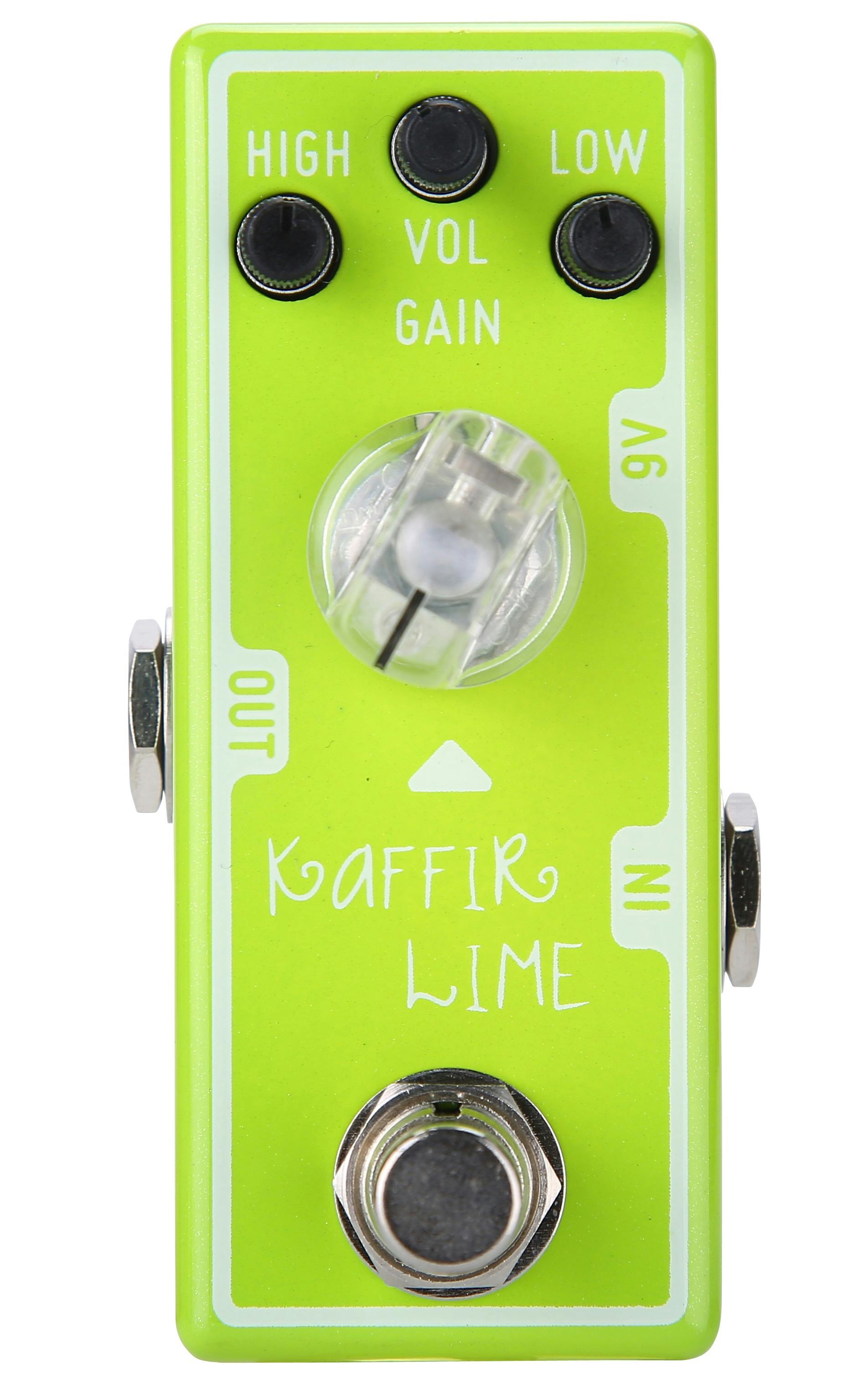


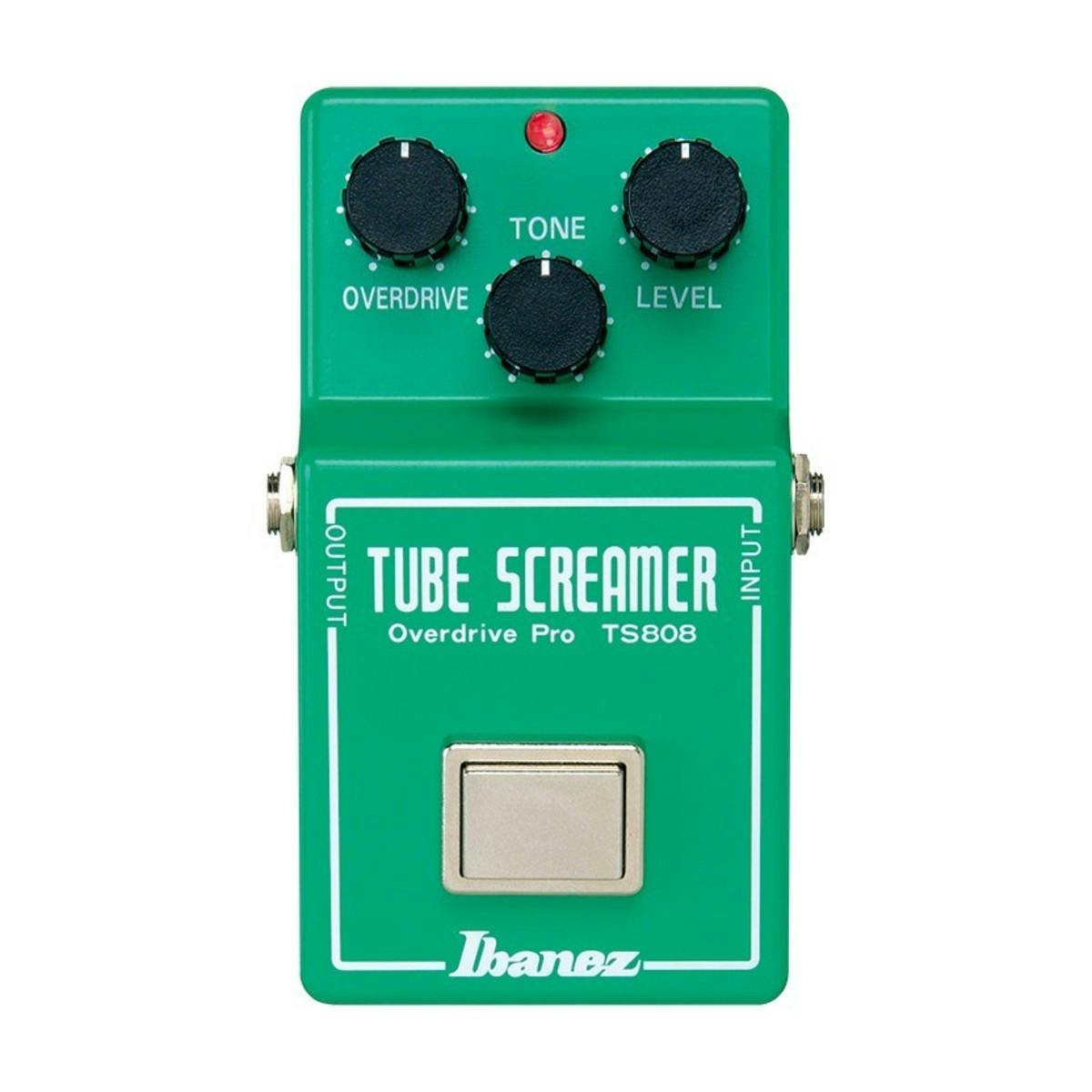





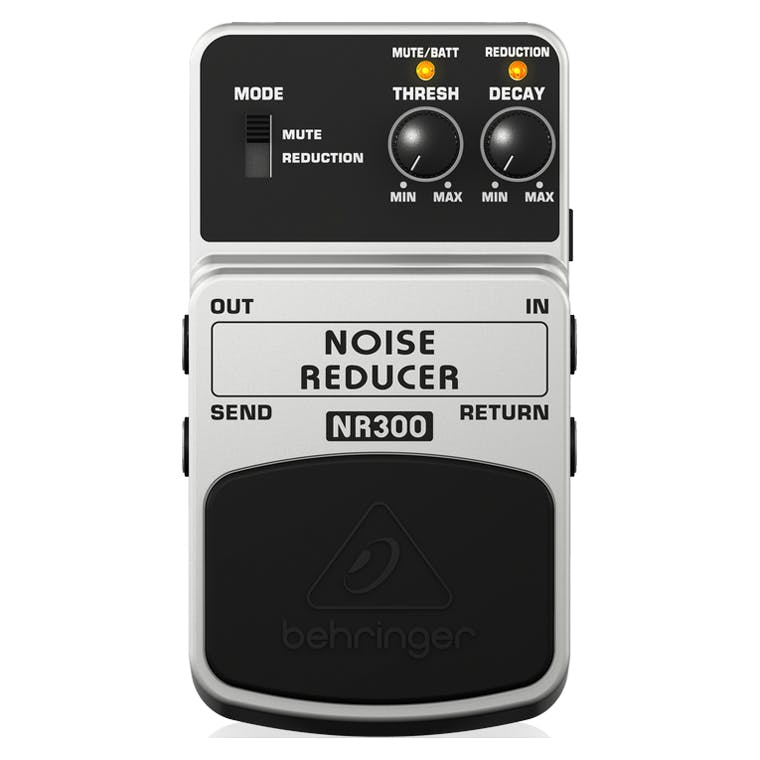
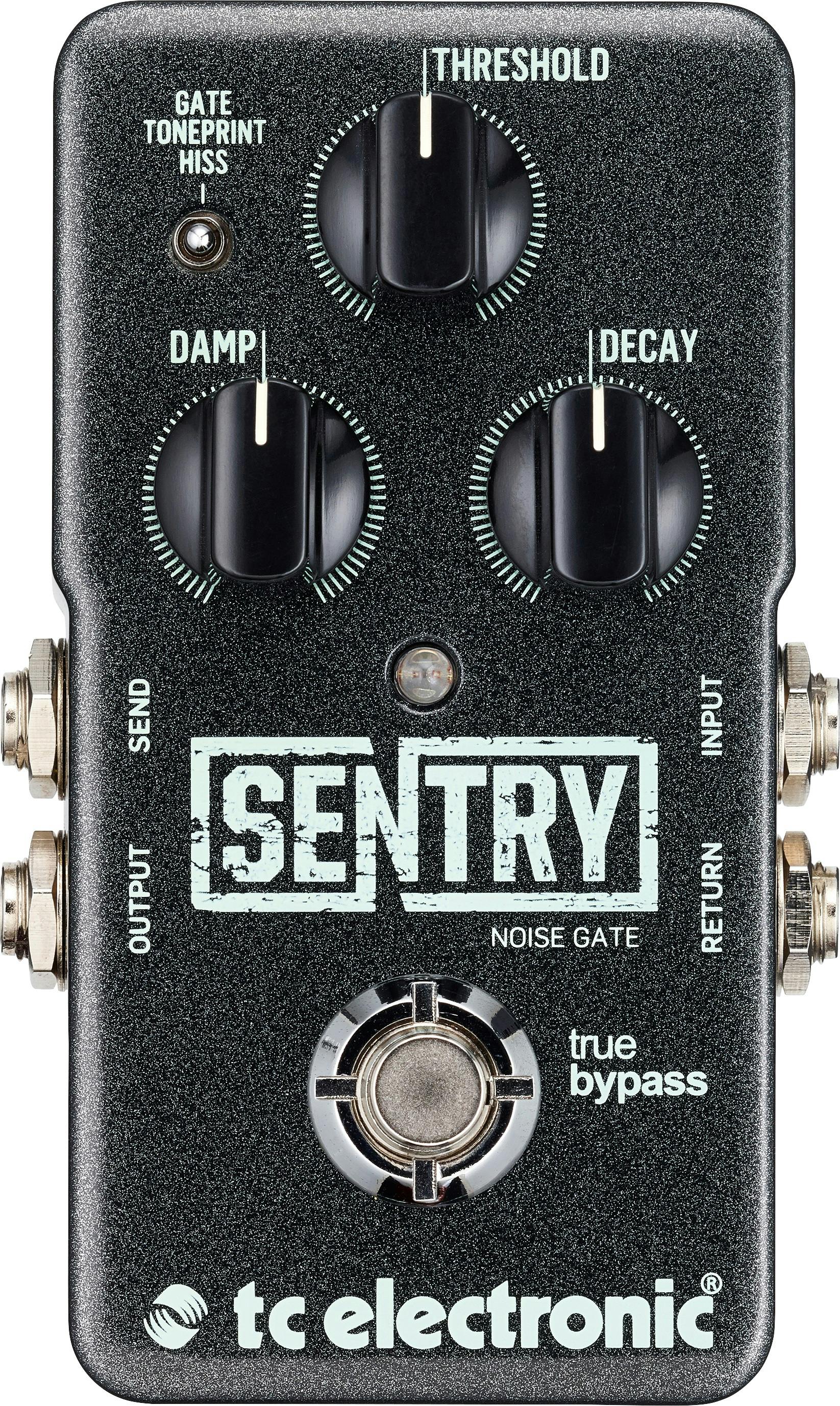
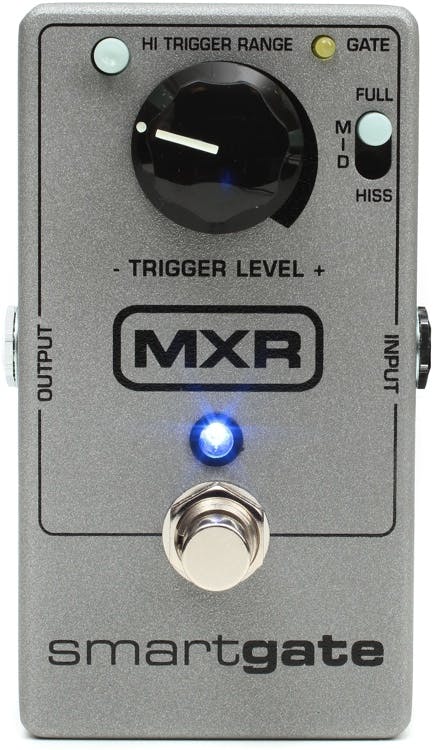
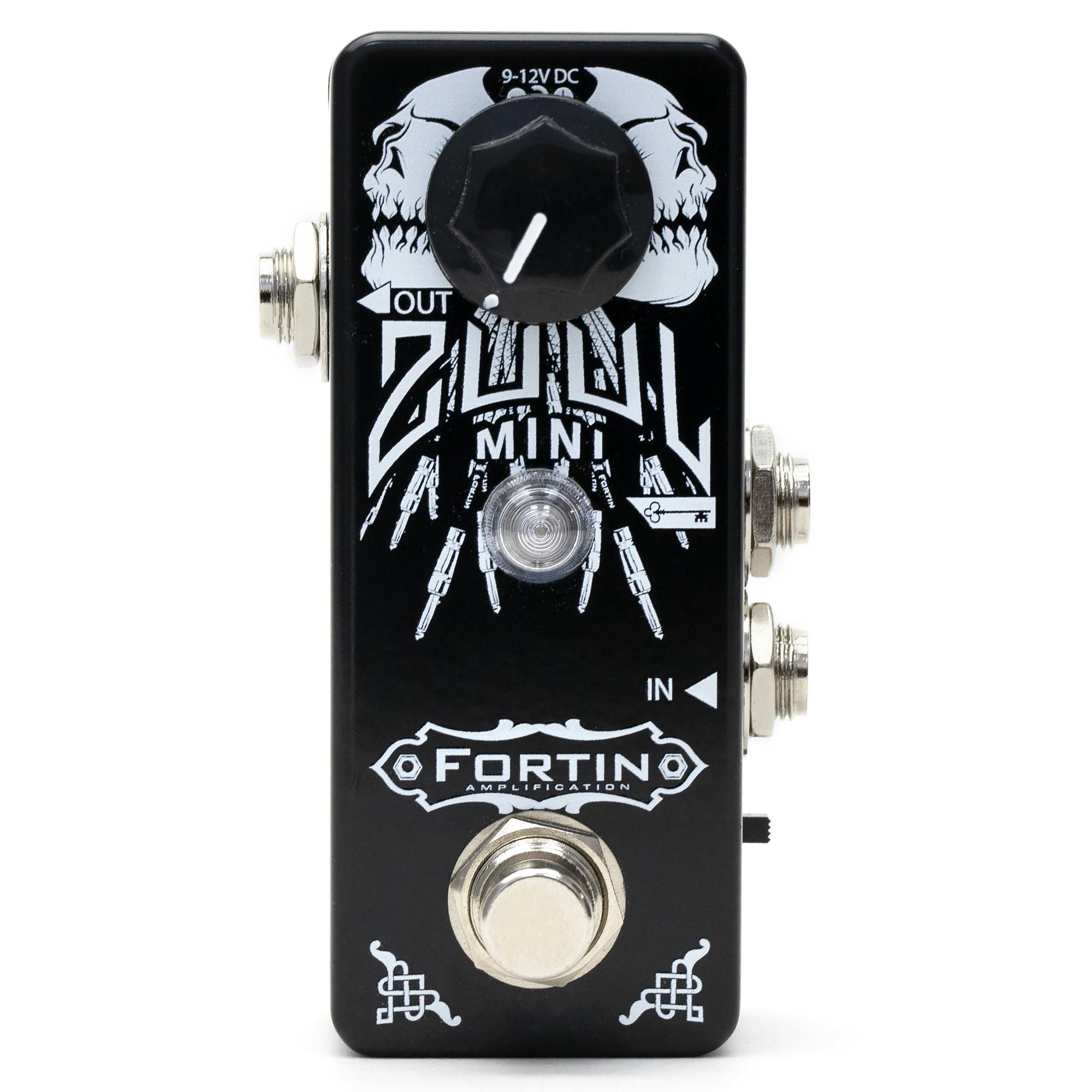



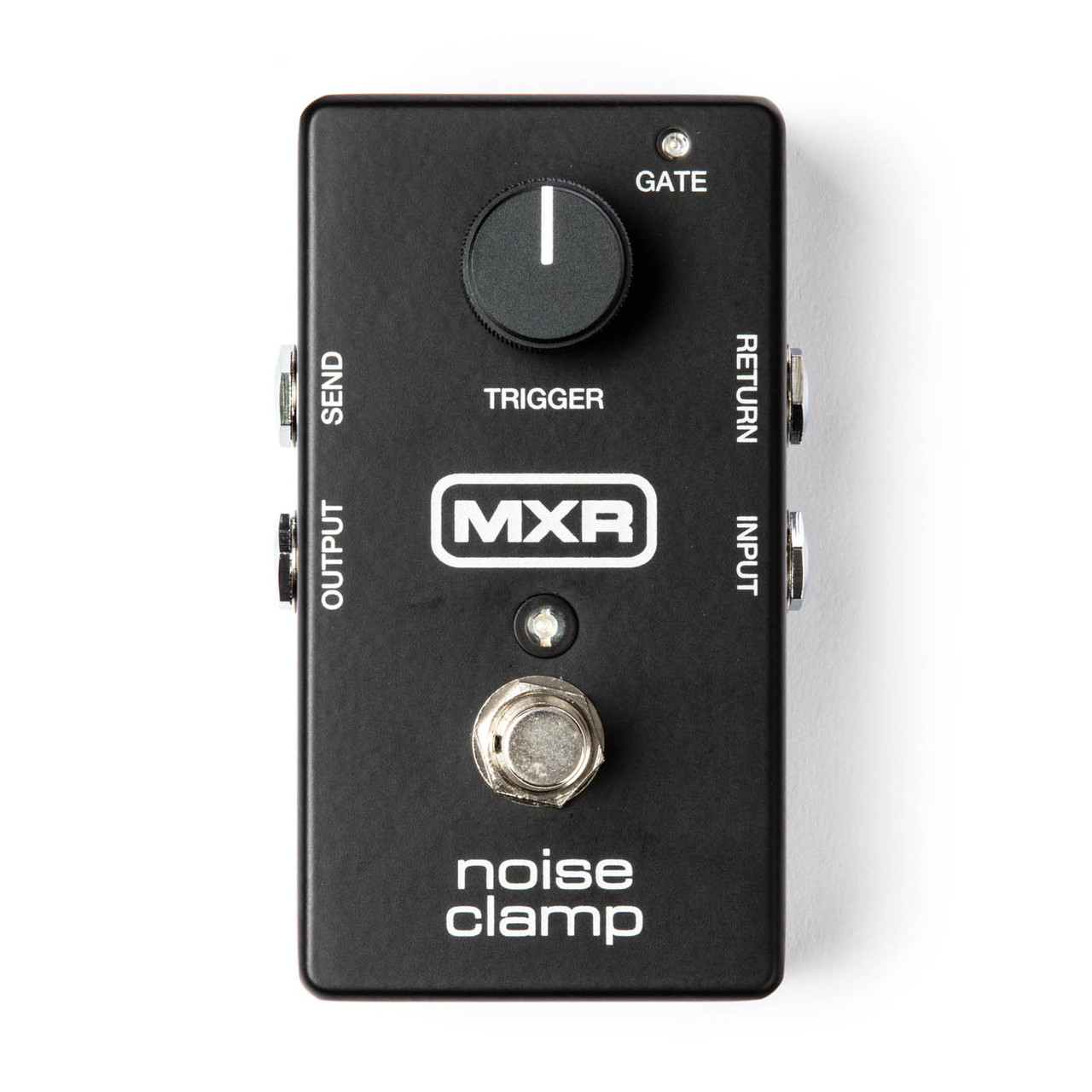
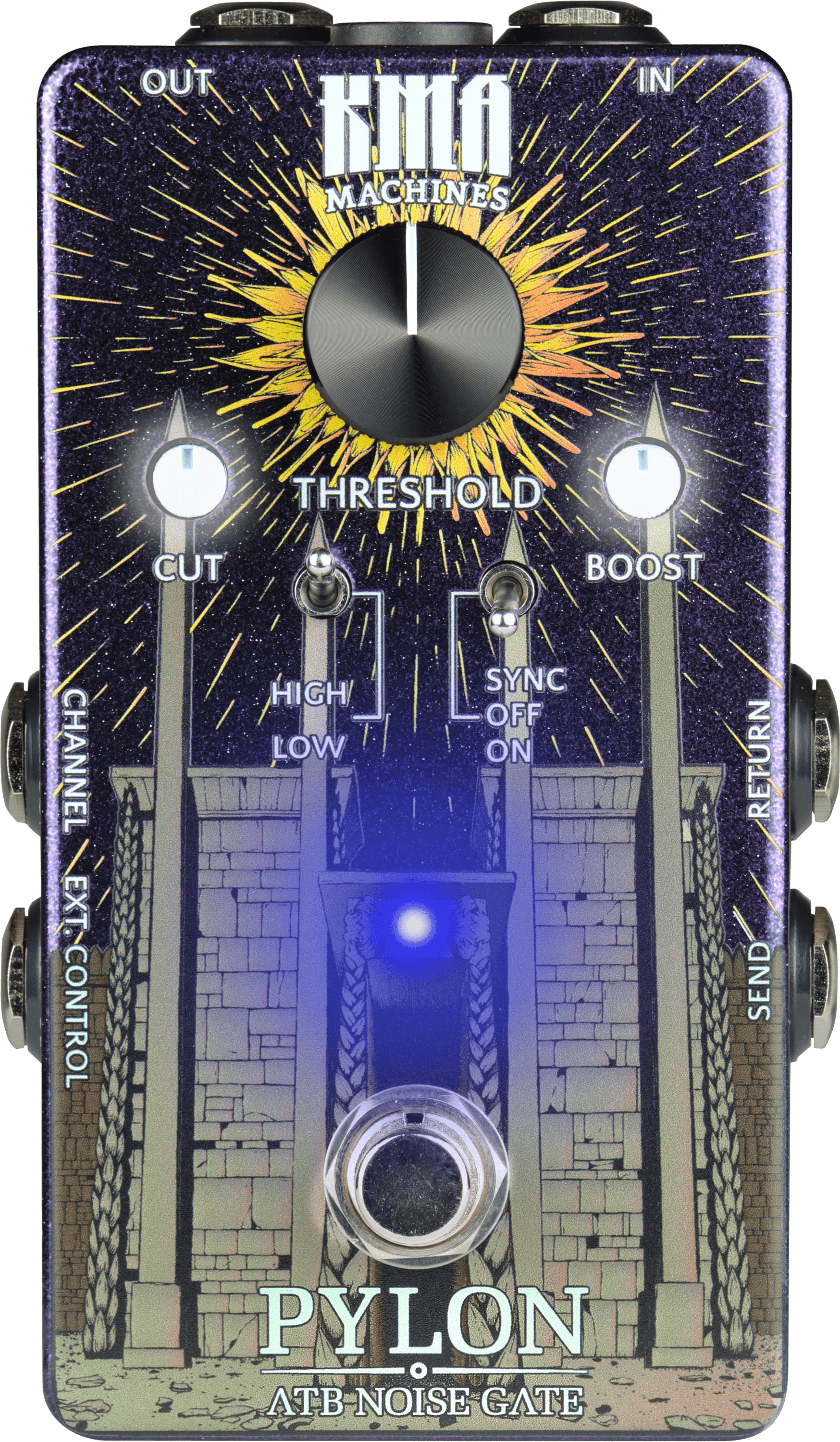



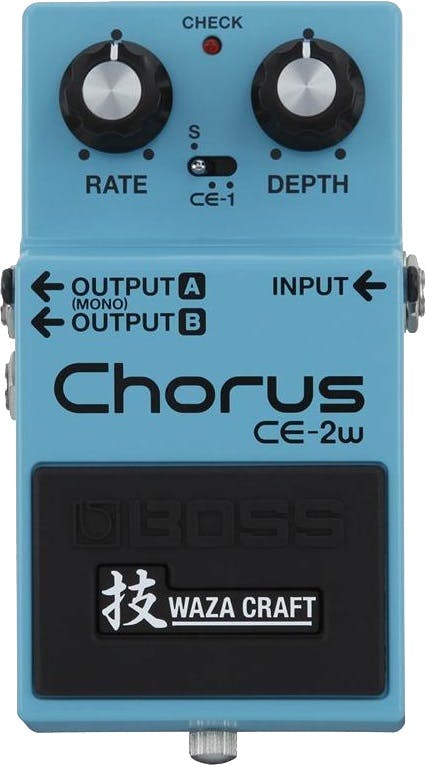

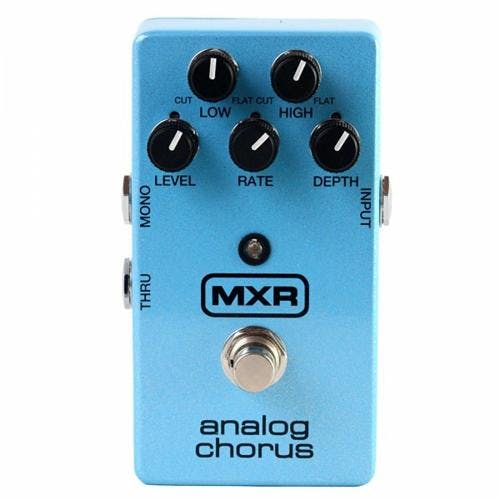
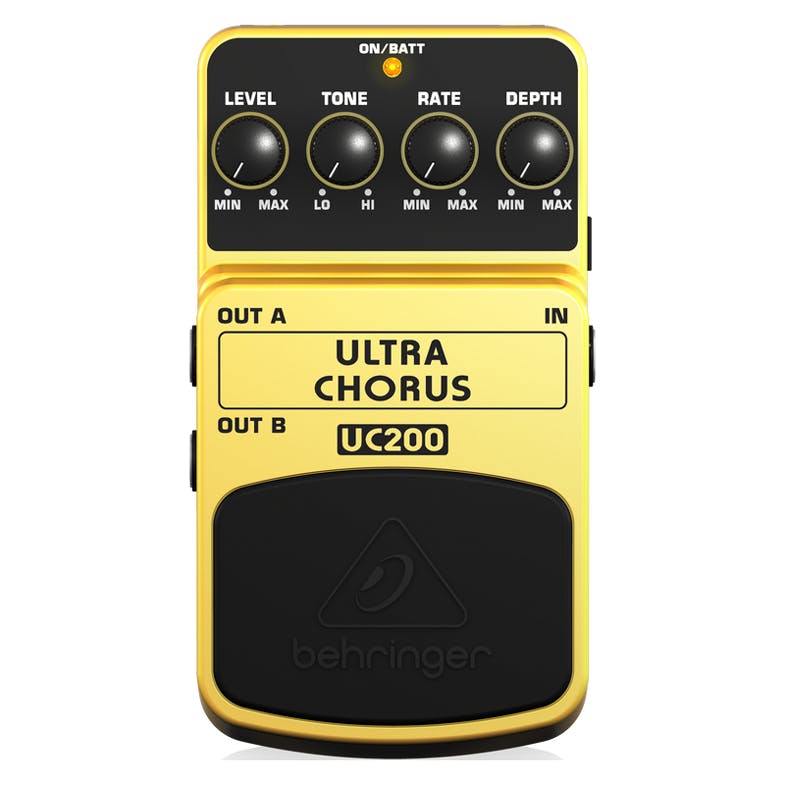
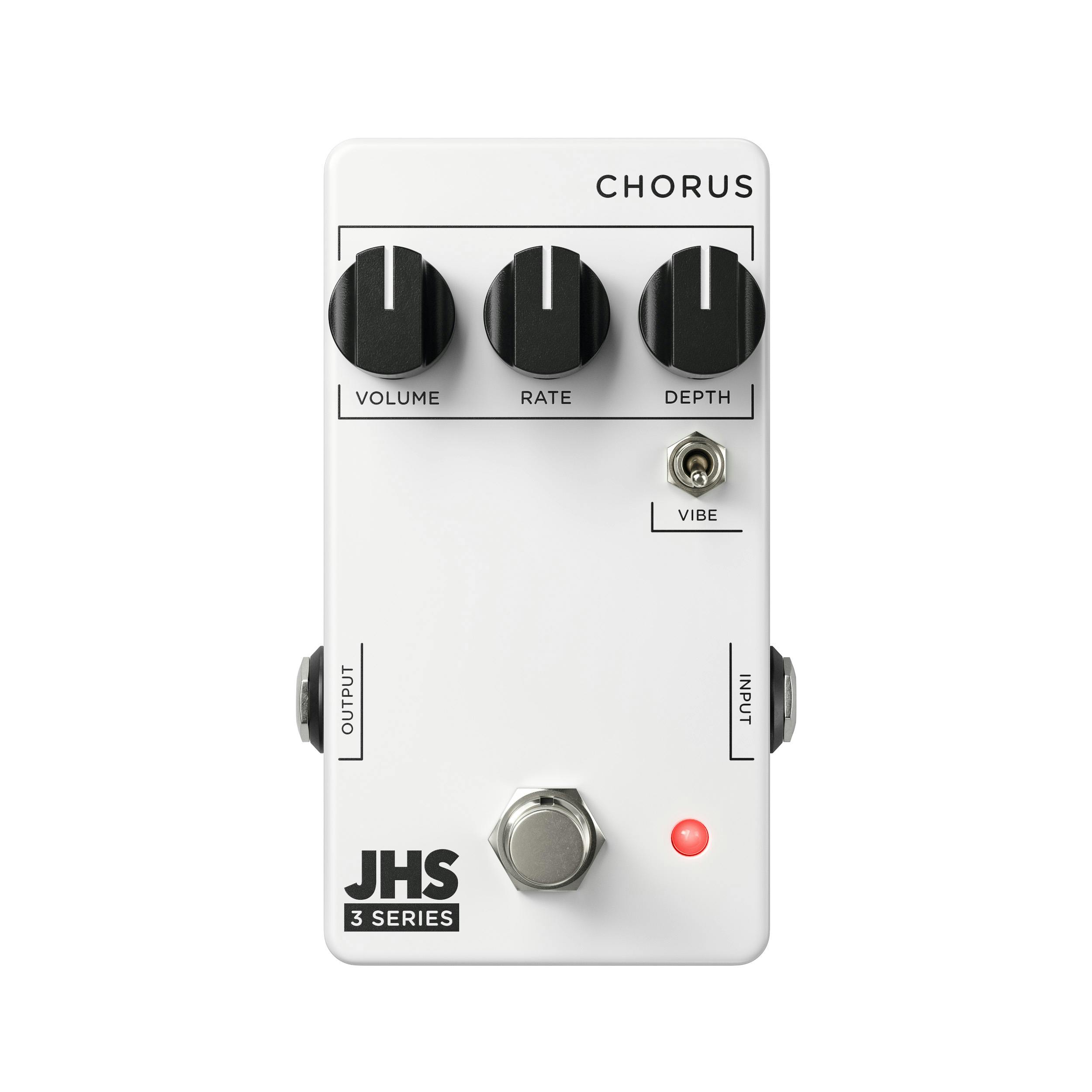
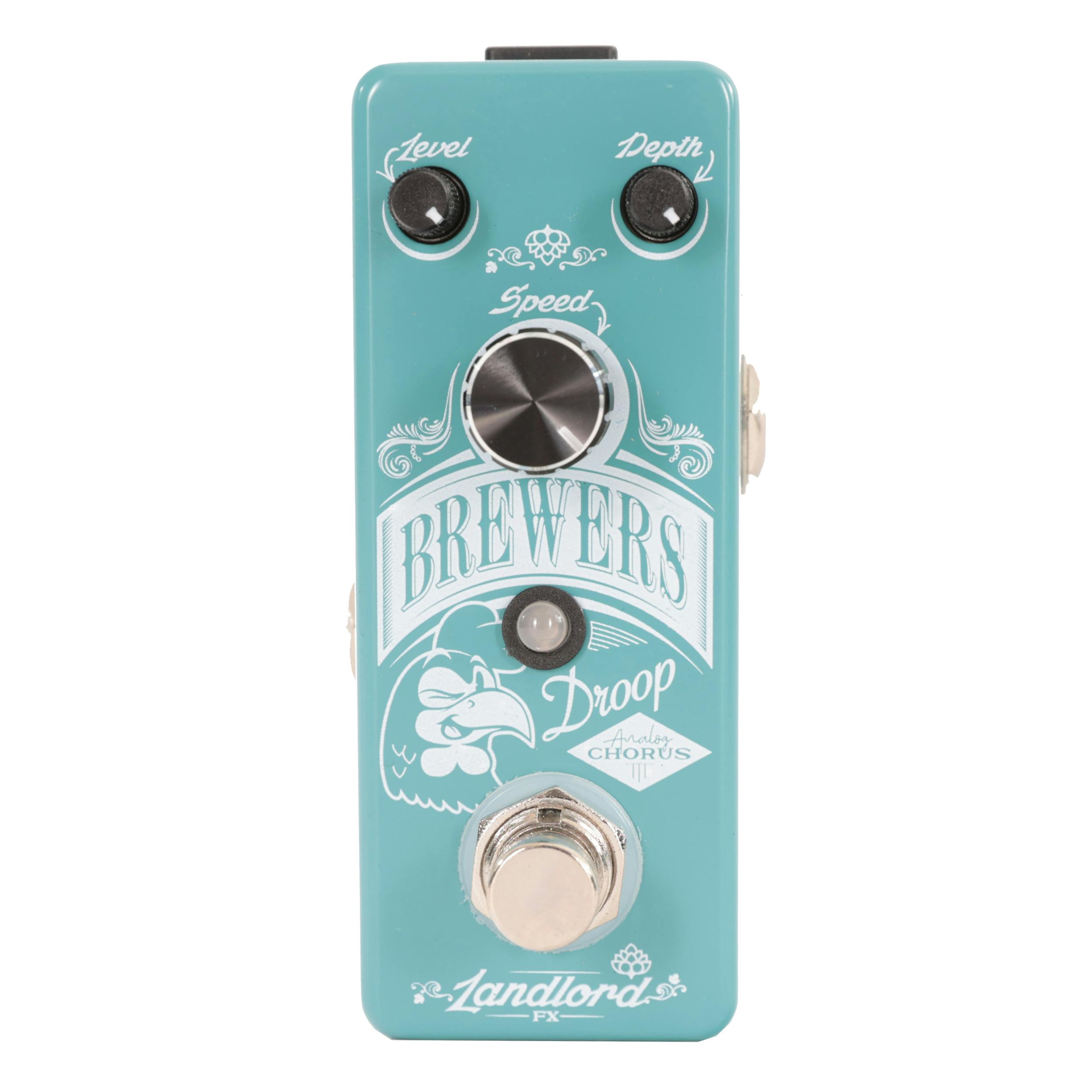
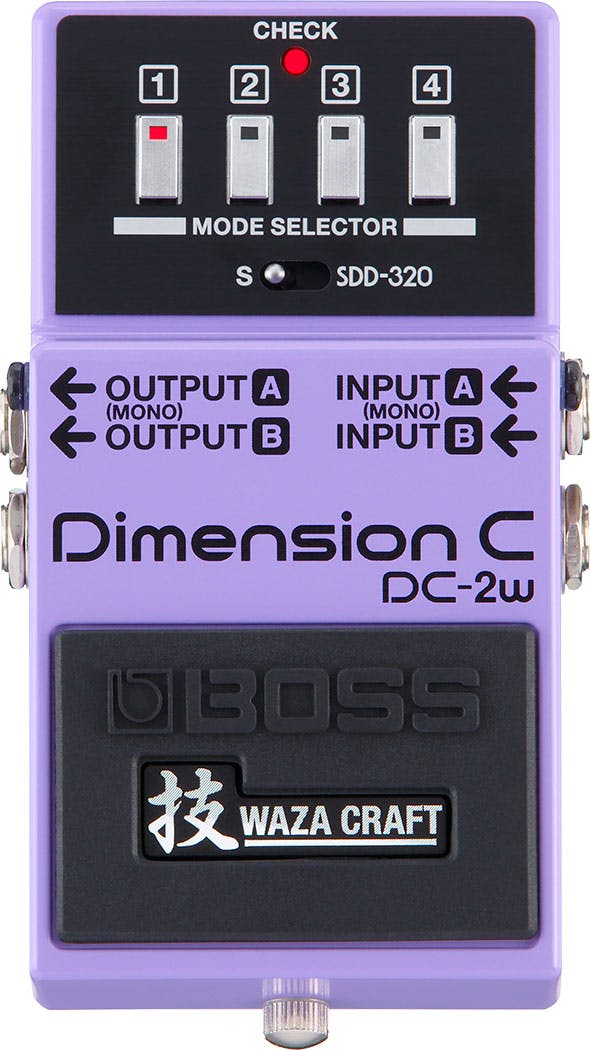





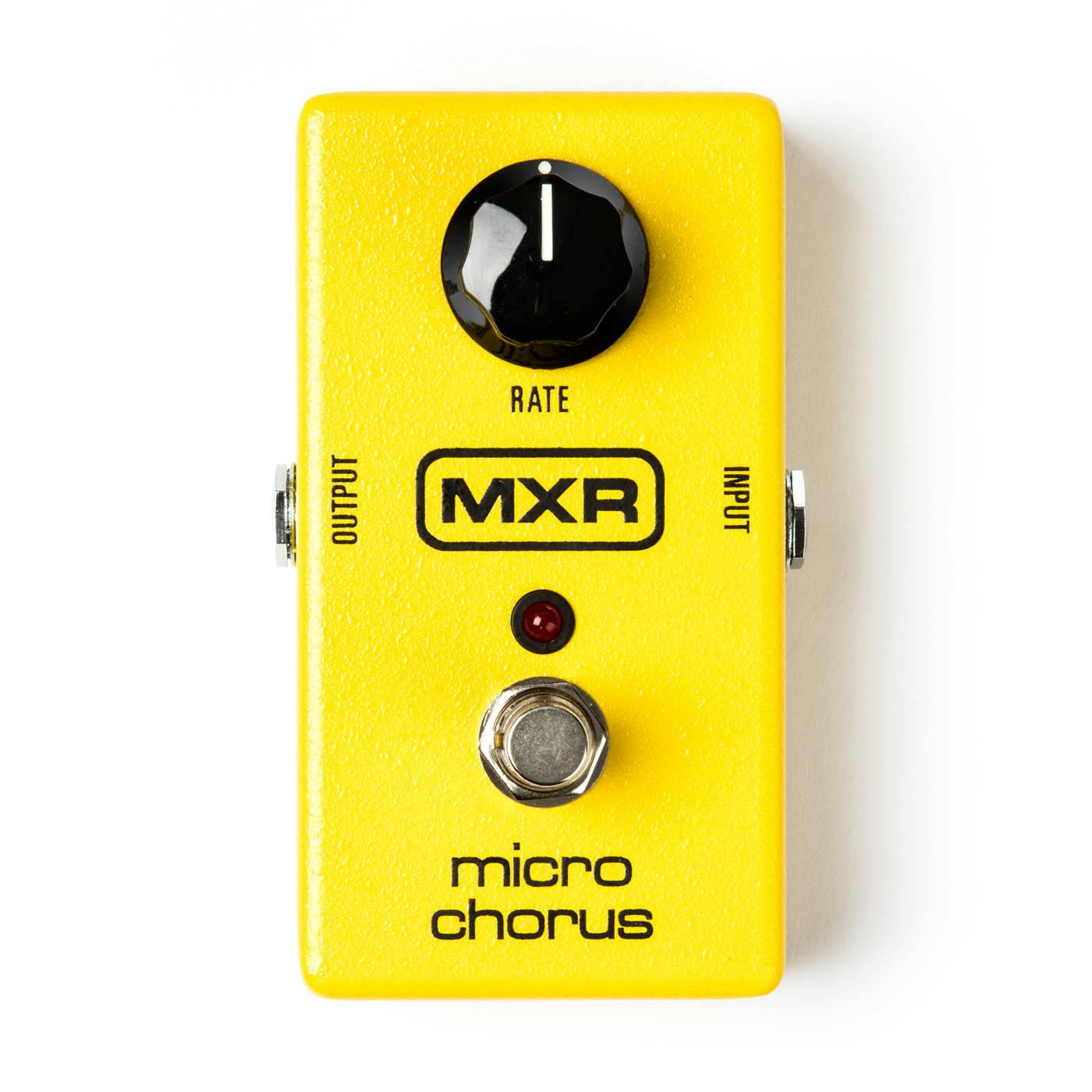


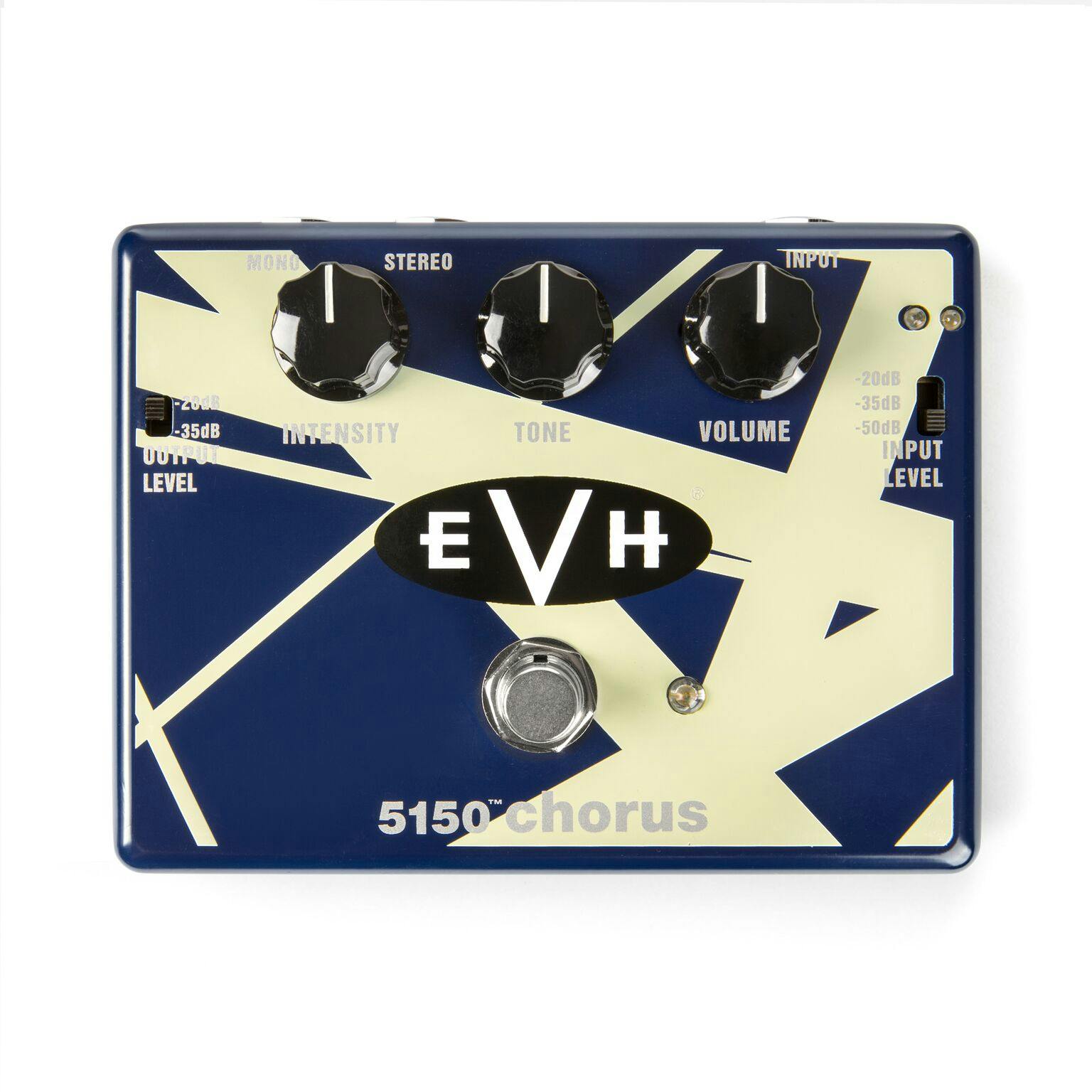
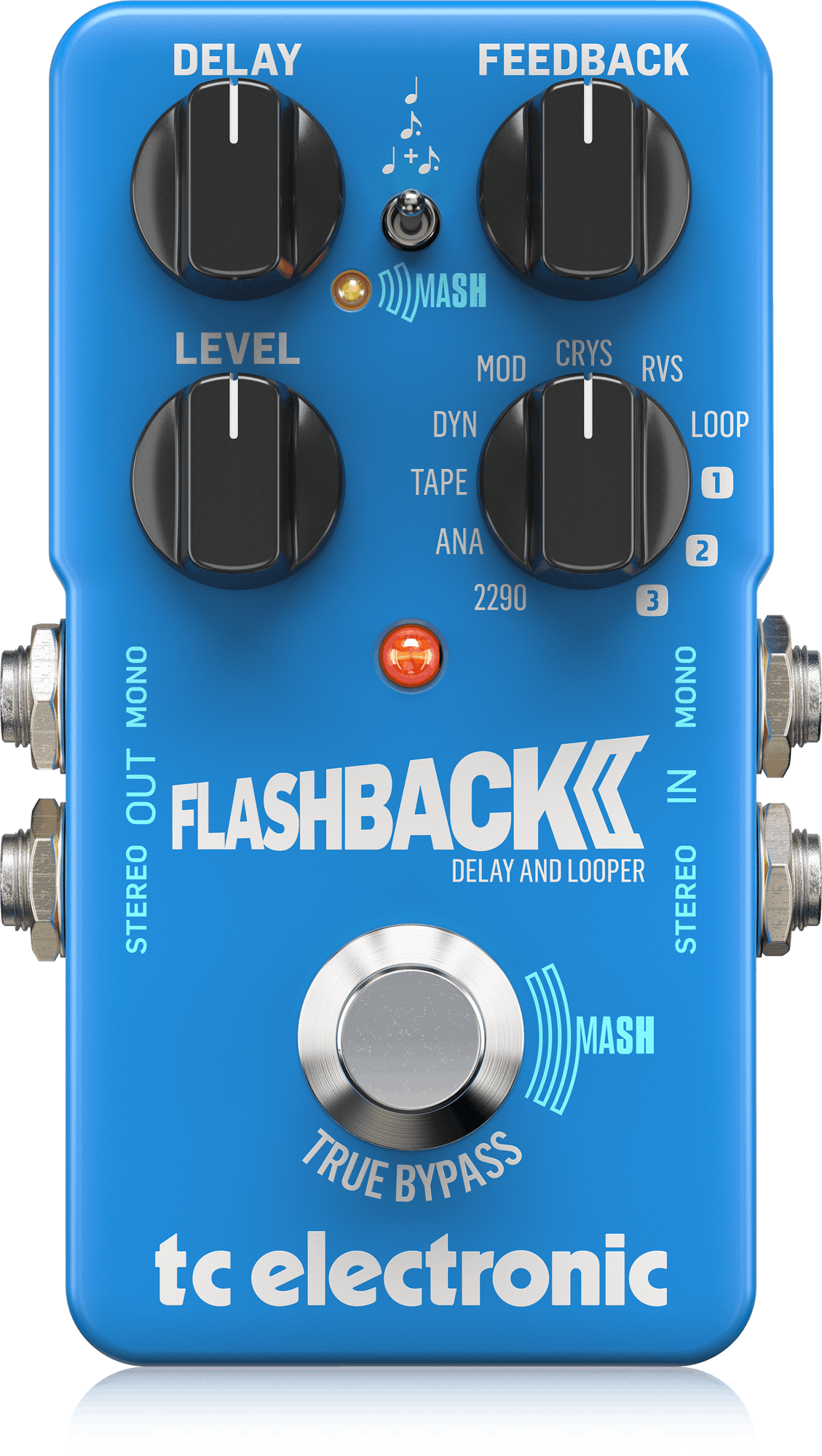
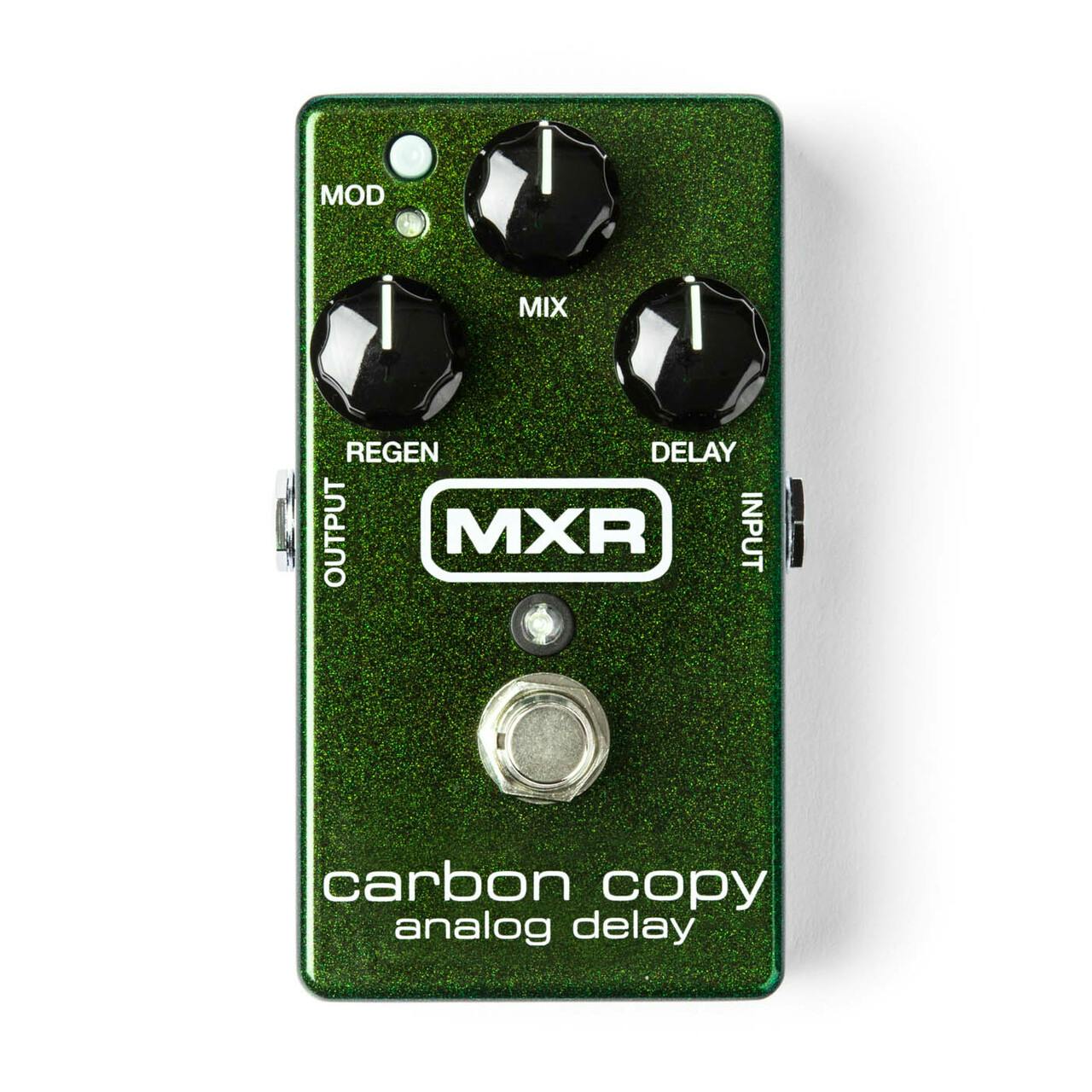
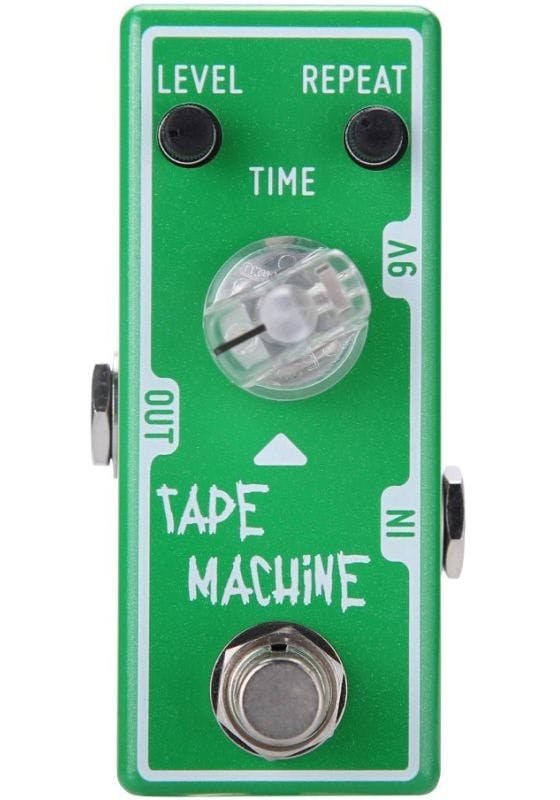

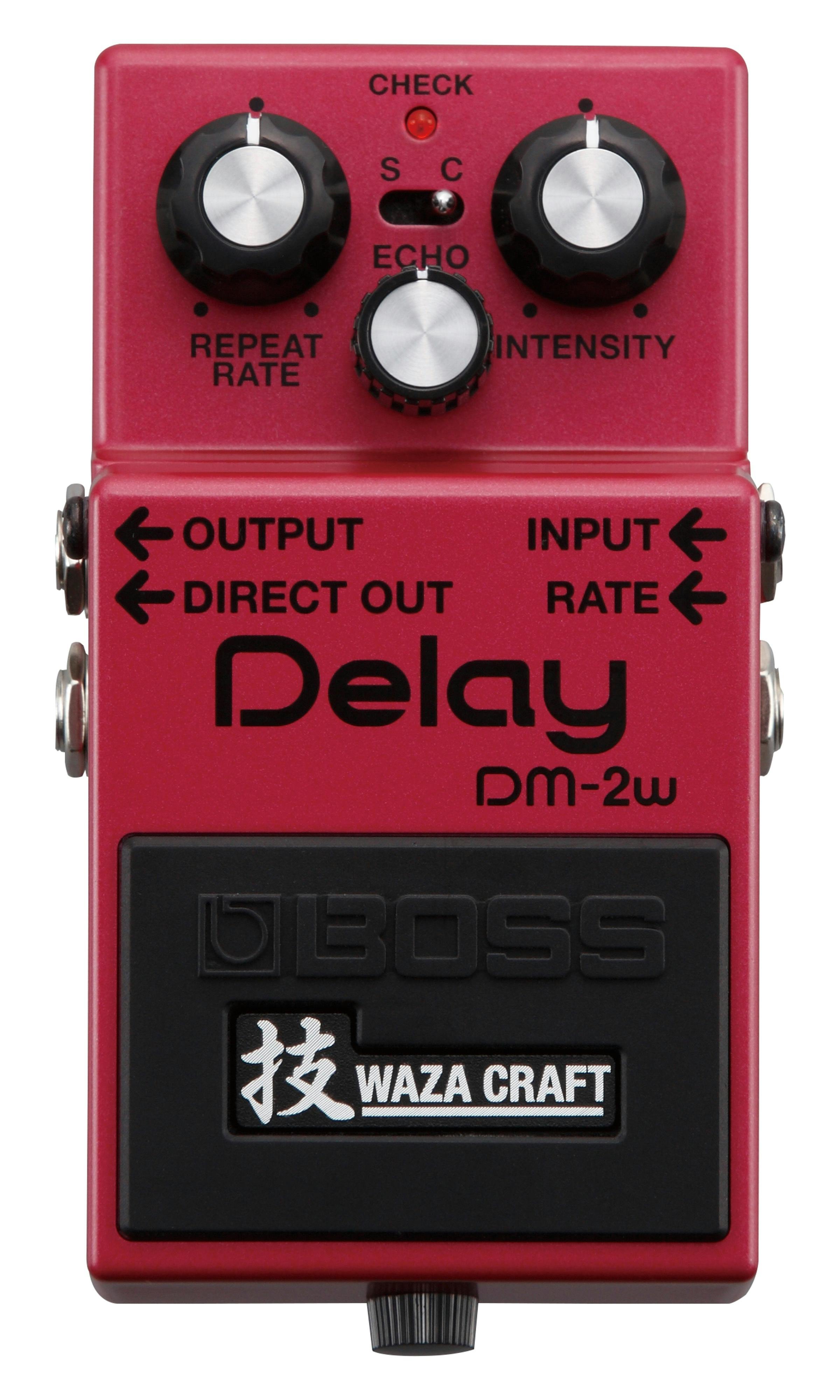
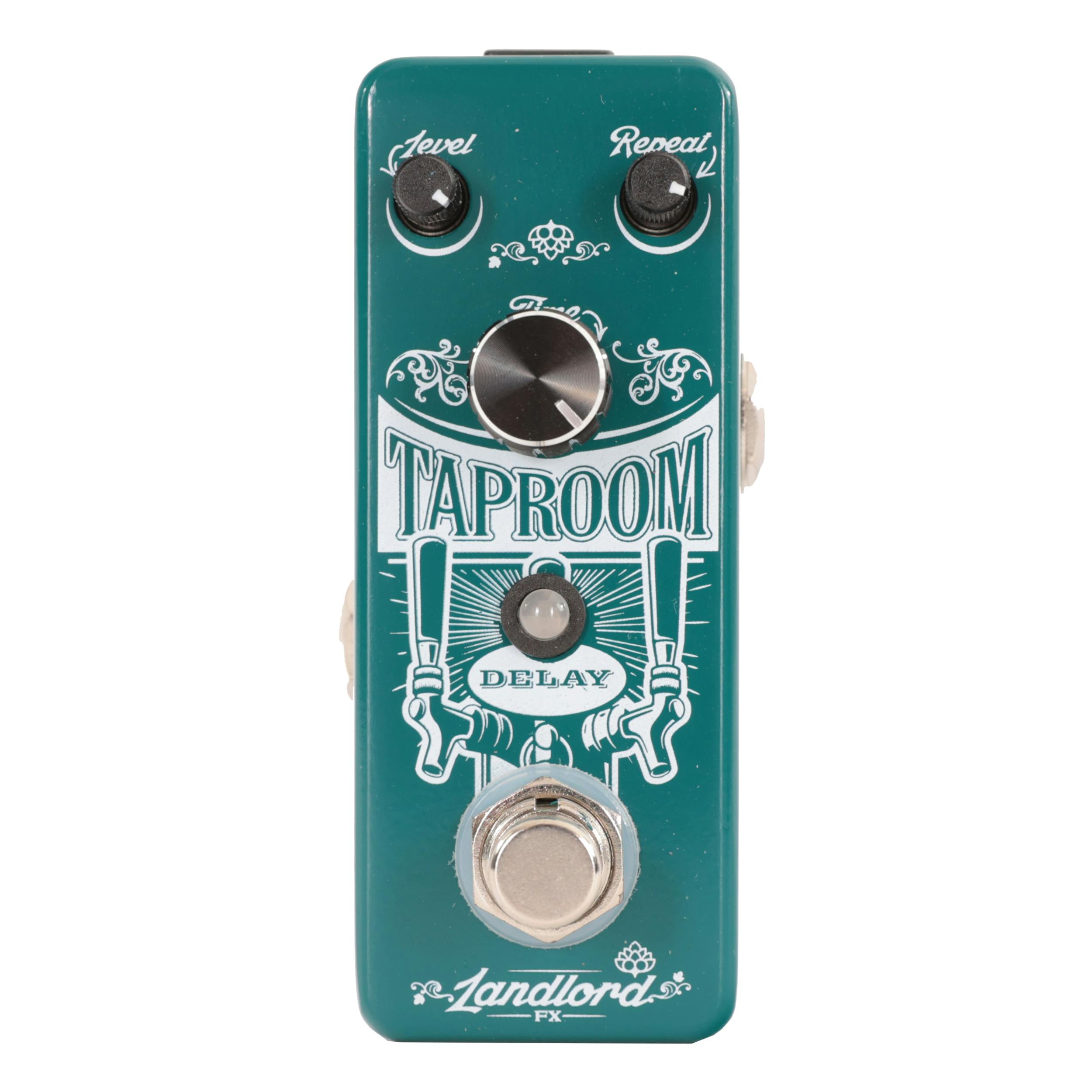


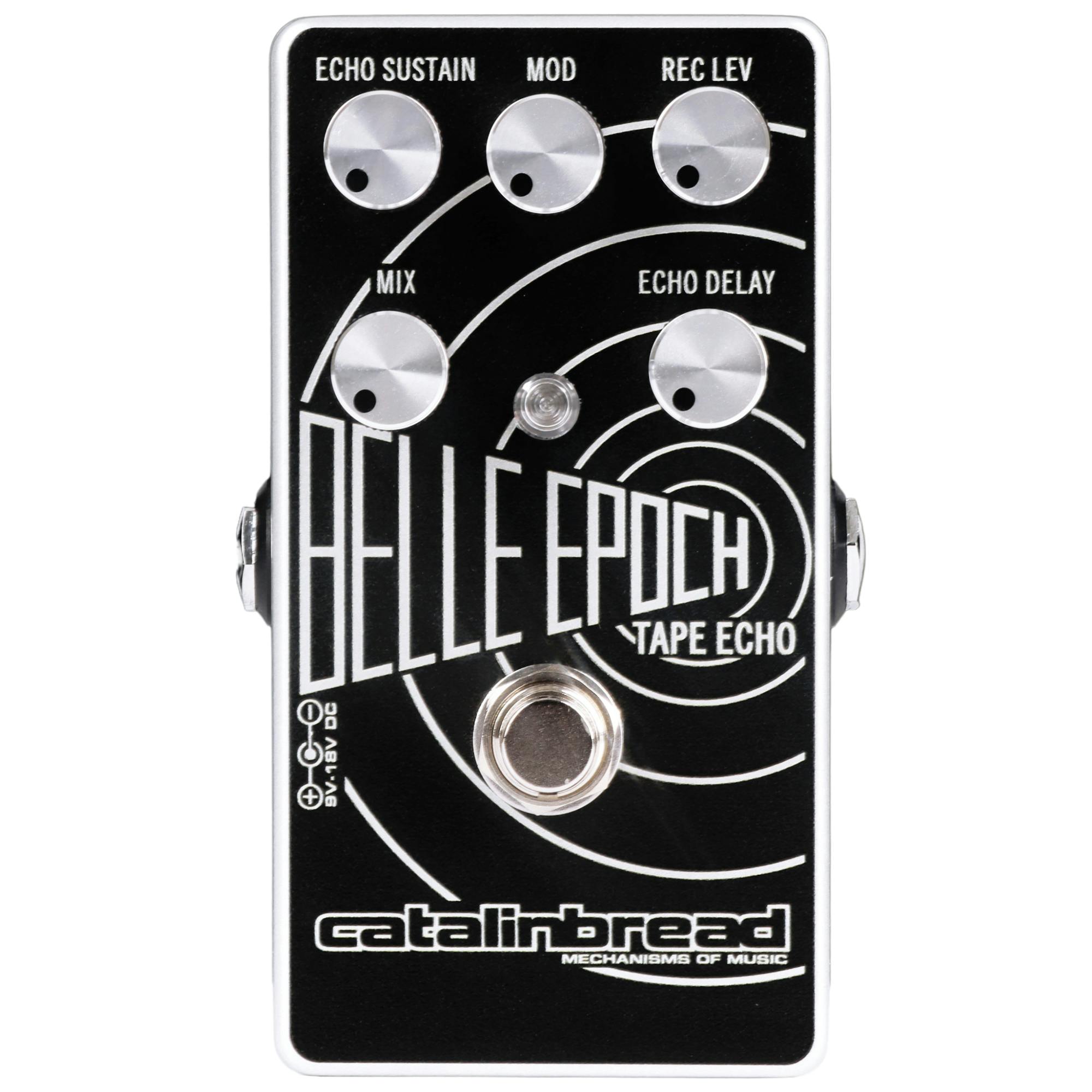



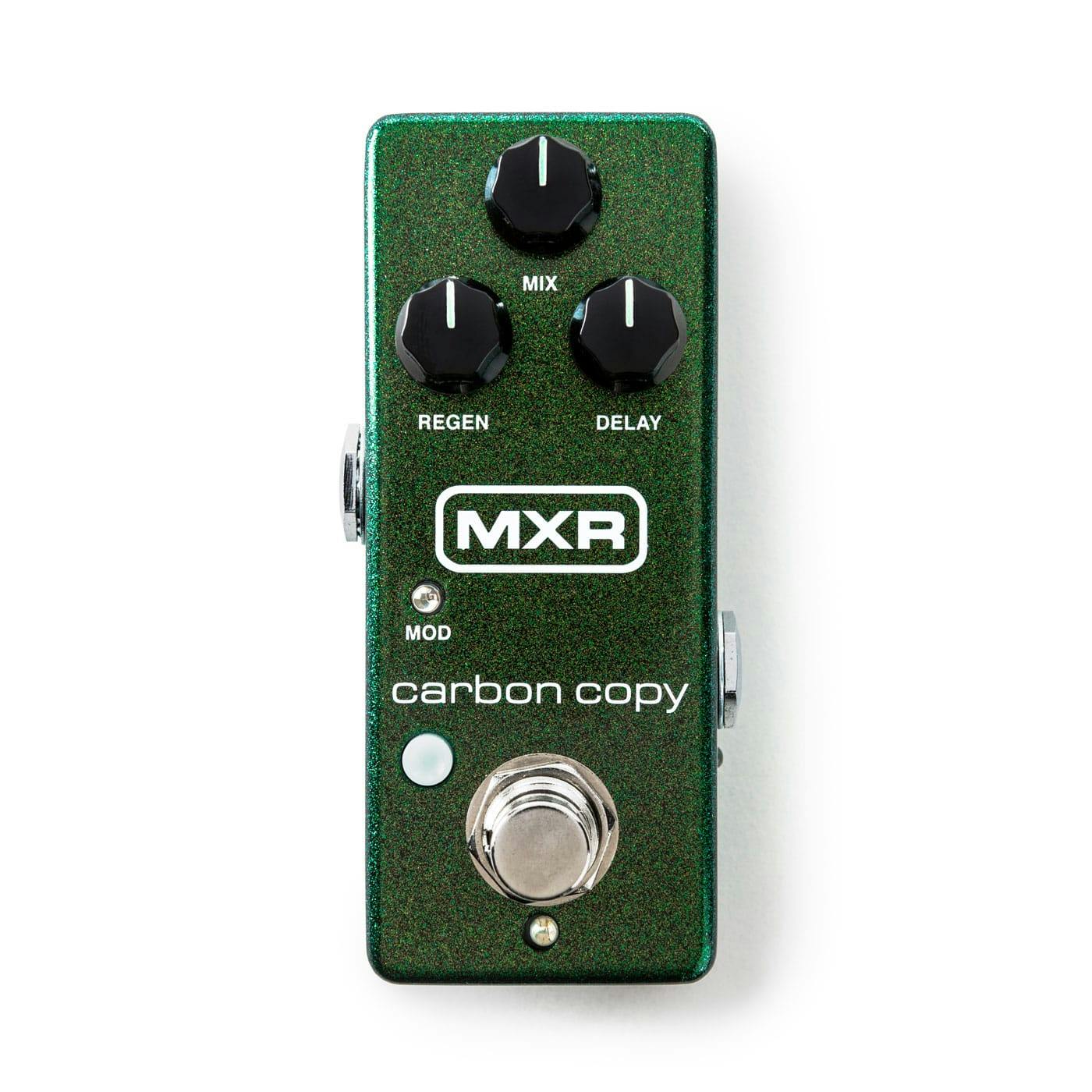

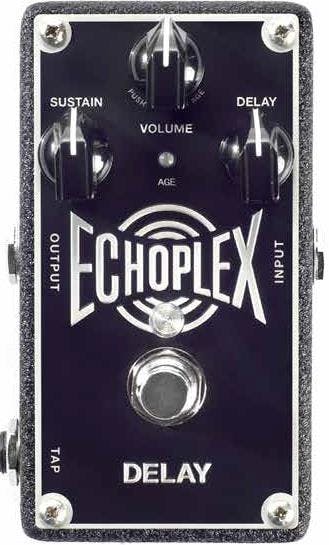
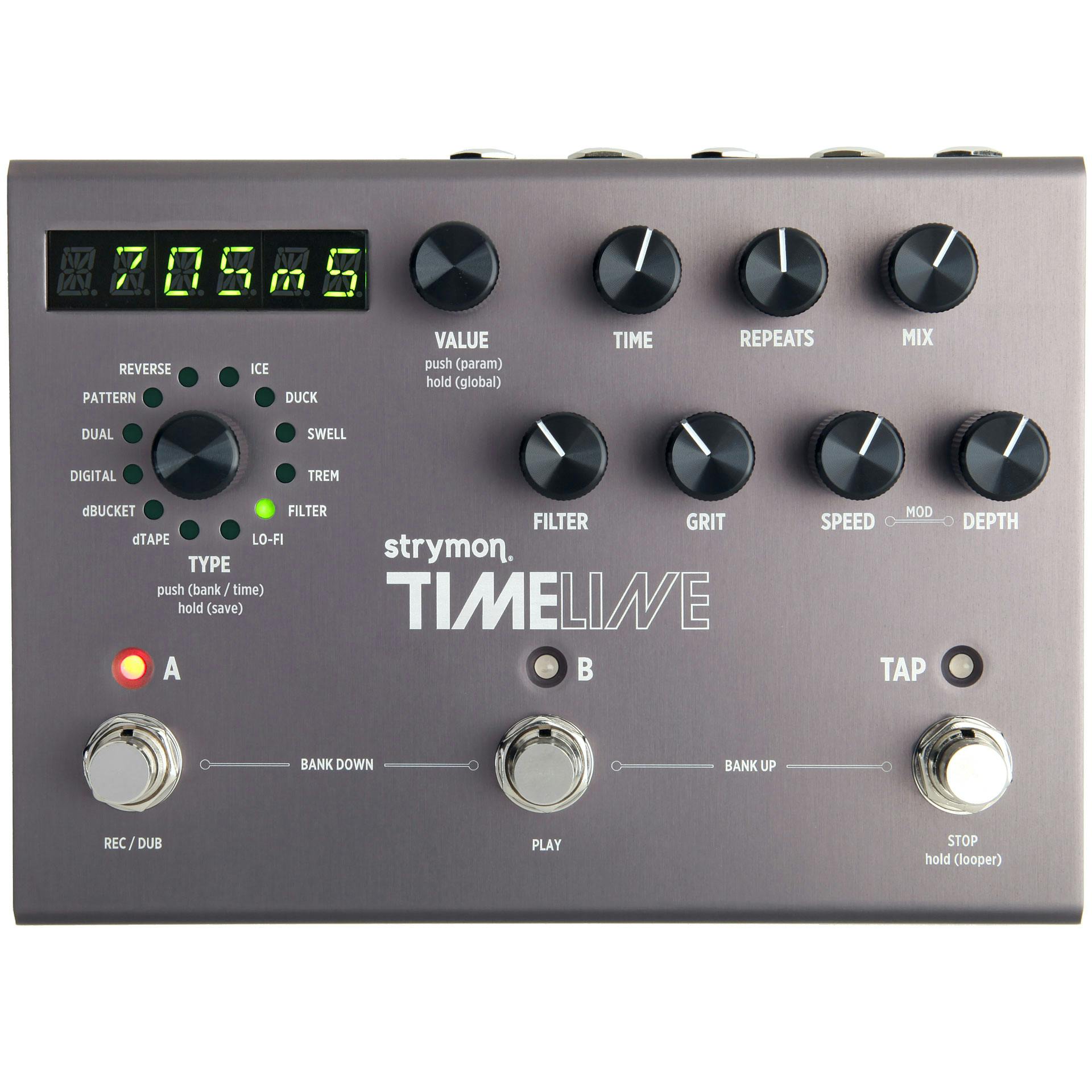

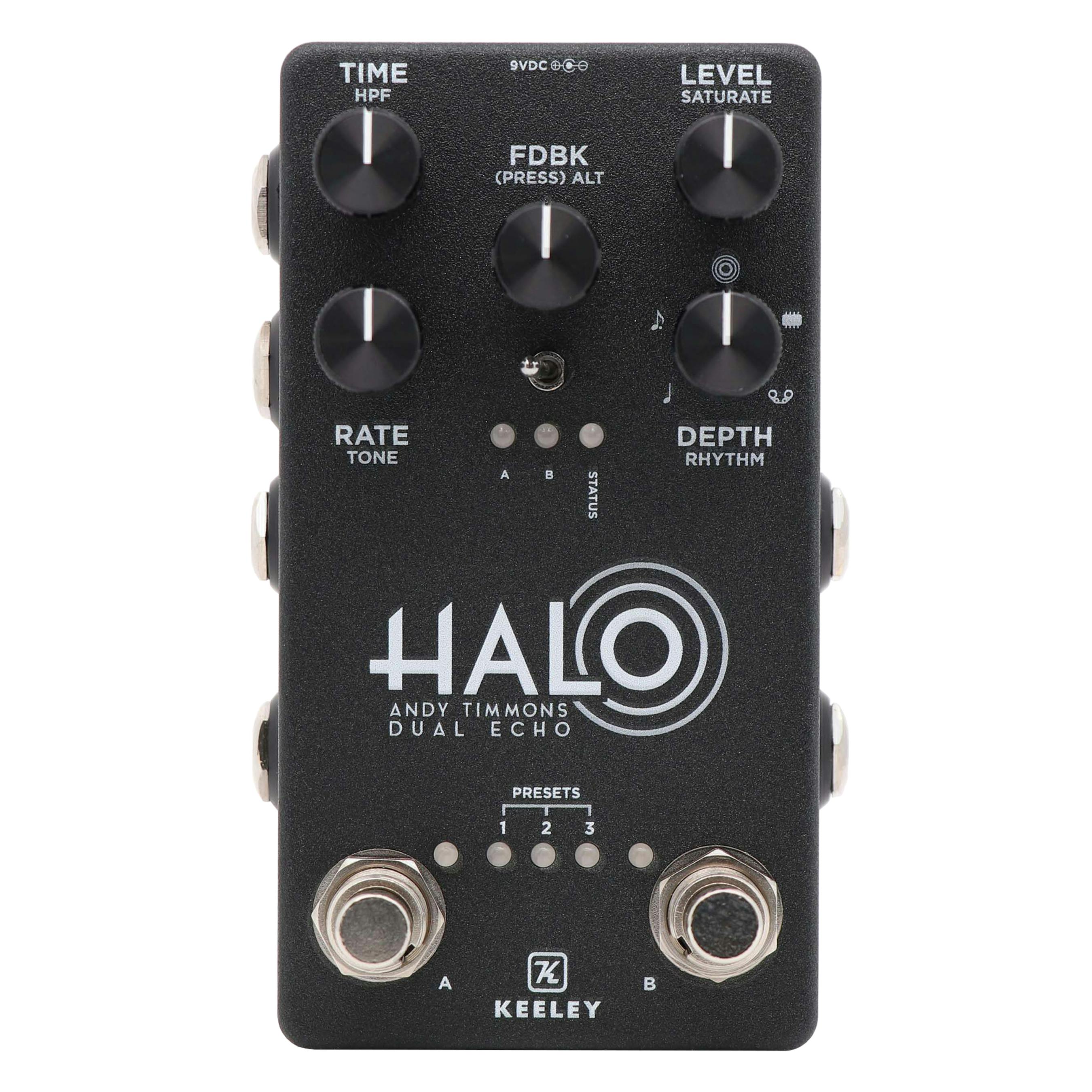





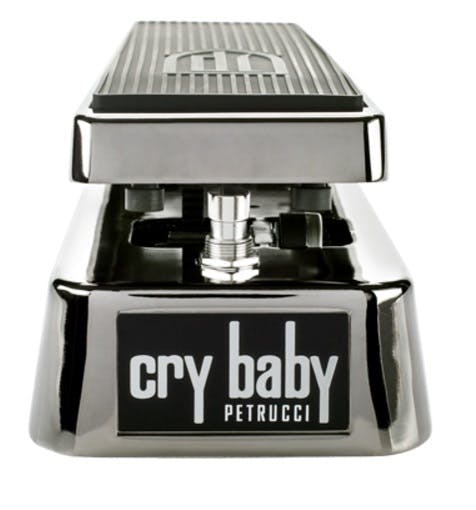
.JPG?w=400&h=400&&fit=fill&bg=FFFFFF)
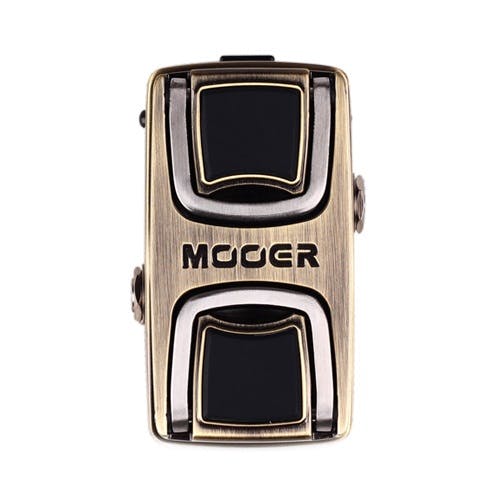
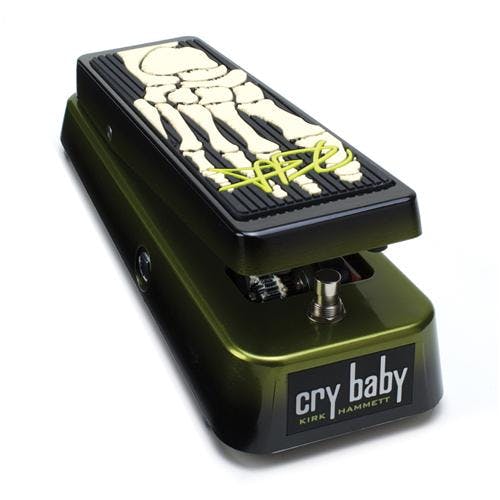
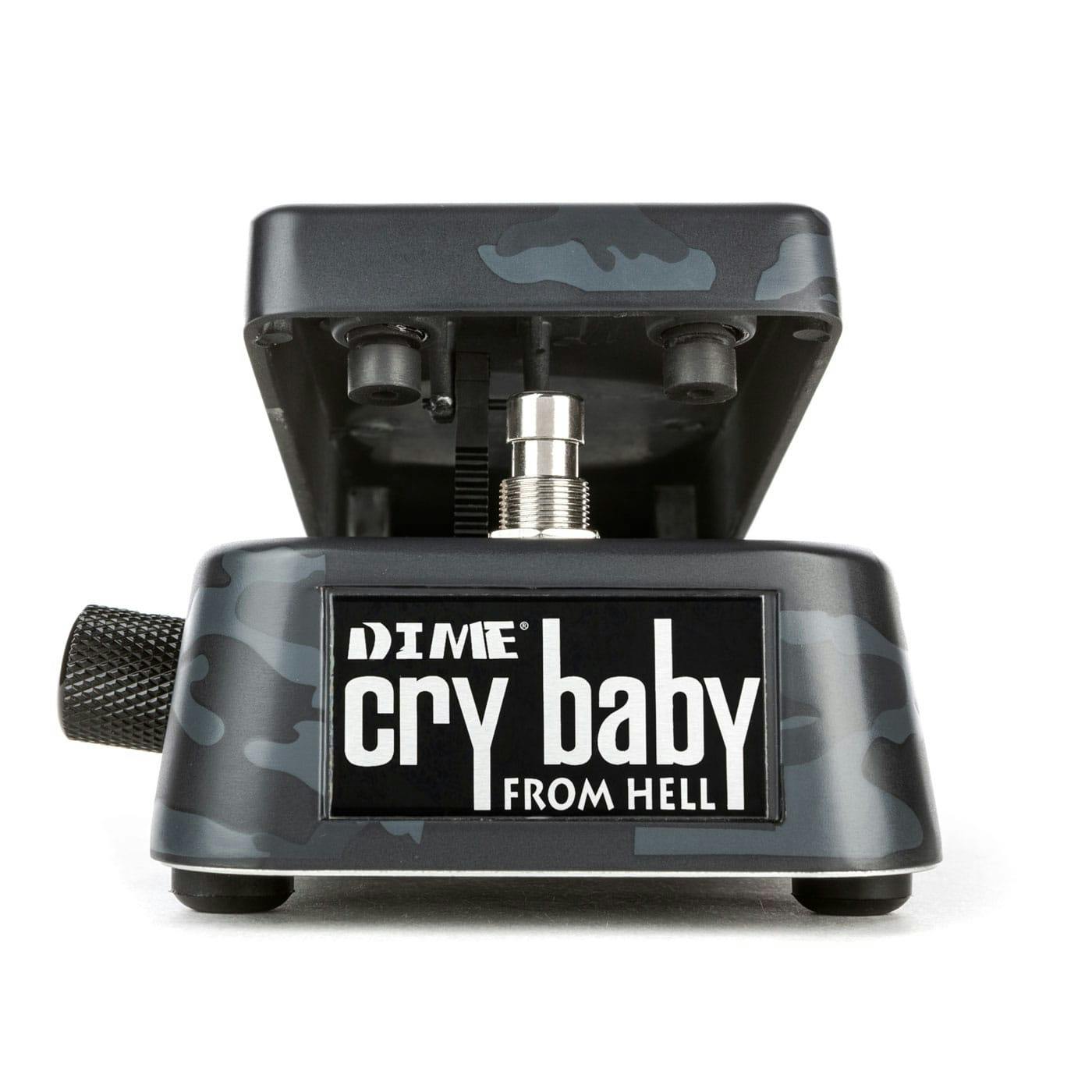


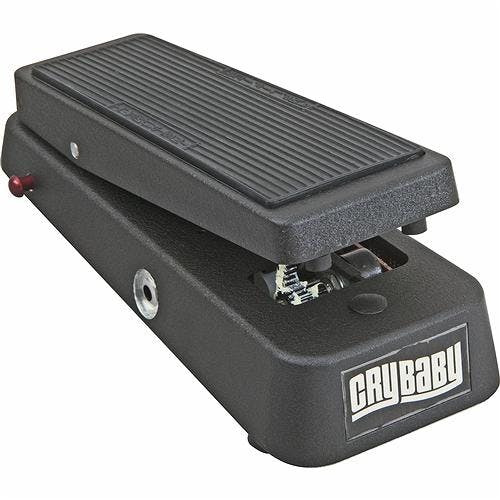
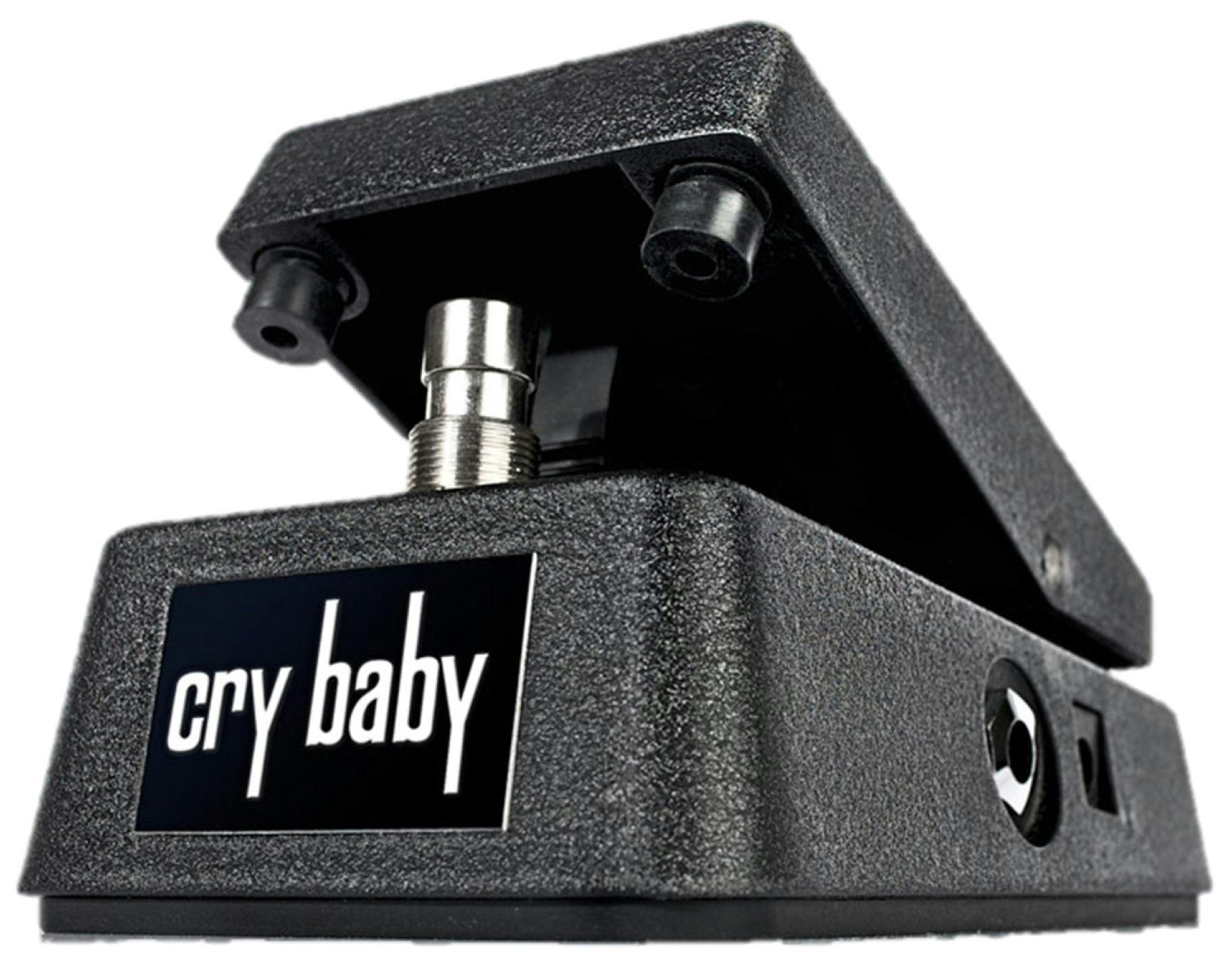

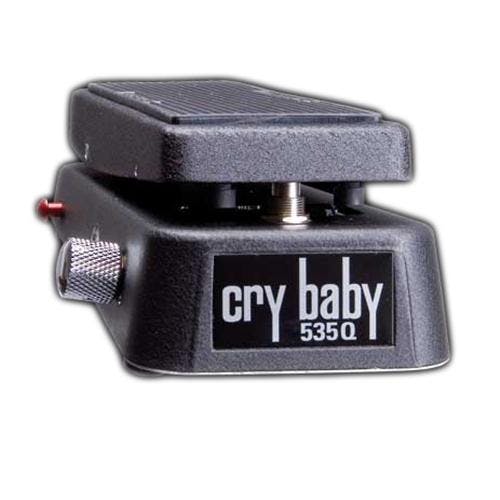












Responses & Questions